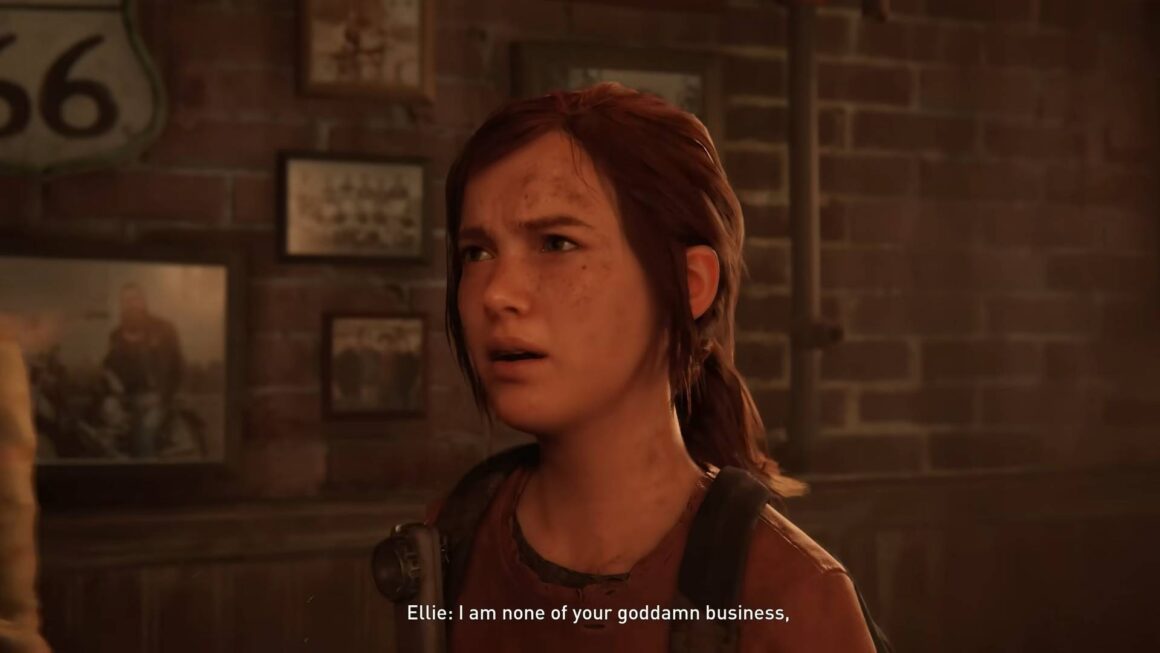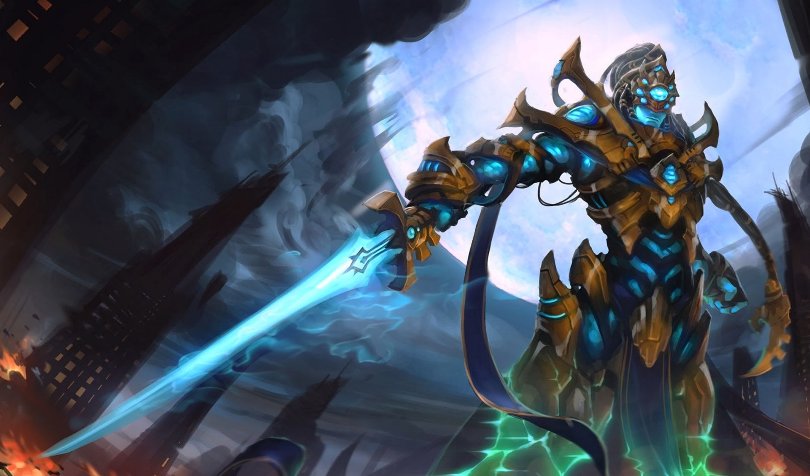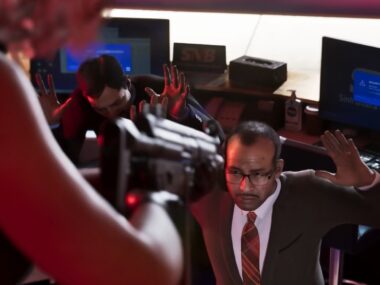⚠️This article contains major story spoilers for The Last of Us.
When The Last of Us begins, the horror is immediate: a fungal infection spirals out of control, tearing through cities and families without warning. In the chaos of the initial outbreak, Joel, an ordinary father in Austin, Texas, loses his daughter Sarah to a panicked soldier’s bullet. That moment doesn’t just define Joel. It haunts every decision he makes for the next twenty years.
And it sets the stage for the question the game quietly builds toward: What are we willing to sacrifice for love?
A World Without Answers
Two decades later, the United States is a shell of its former self. Cities are quarantined ruins. The infected roam freely. What’s left of humanity is fragmented; split between authoritarian remnants of the government, desperate survivors, and a rebel faction known as the Fireflies.
Joel, now a hardened smuggler in Boston, is pulled into a mission that sounds simple: escort a 14-year-old girl named Ellie out of the city. Ellie isn’t just cargo. She’s immune. And that makes her the single thread of hope in a world teetering on extinction.
As the journey stretches across states, through overgrown suburbs, violent ambushes, and frozen wilderness, Joel and Ellie build something the world around them has all but forgotten: trust. He becomes her protector. She becomes his second chance.
The deeper the bond grows, the more the game forces a terrible question into the light: if Ellie is the cure, what will it cost to save everyone else?
The Road That Breaks You
Loss follows them. Joel’s partner Tess sacrifices herself in the early hours of their escape. In Pittsburgh, brothers Henry and Sam become momentary allies, until infection turns Sam, forcing Henry into an unthinkable act. Winter brings the worst of humanity, as Ellie is captured by David’s cannibalistic group and barely escapes.
Even a reunion with Joel’s brother Tommy in Wyoming offers no real safety. The Fireflies remain distant, abstract. Hope is always one step too far.
By the time Joel and Ellie finally reach the Fireflies in Salt Lake City, Joel has nearly died from his wounds. Ellie has nearly died from everyone else. They arrive battered, traumatized, and, most devastatingly, attached.
That’s when Joel learns the truth: to create a vaccine, Ellie must die.
The Lie That Defines Them
The choice isn’t presented as a question. The surgery has already been scheduled. Ellie never gets to consent. Joel does.
And he says no.
In a stunning climax, Joel kills the surgeon, escapes the hospital, and guns down Marlene, the Firefly leader who once entrusted Ellie to him. Then, he lies. He tells Ellie the Fireflies had stopped searching for a cure. That there were others like her. That none of it would have made a difference.
She asks if he’s telling the truth.
He says yes.
The Price of Love
The Last of Us is remembered for its brutal gameplay and bleak tone. Its most lasting impact comes from the moral ambiguity of its ending. Joel’s choice isn’t framed as right or wrong. It’s personal. It’s selfish. It’s human.
He saves Ellie’s life not because it’s the best decision. He can’t lose another daughter.
The game asks us to confront an uncomfortable truth: love and survival are not always compatible with morality. In saving Ellie, Joel may have doomed the world. To him, the world already ended twenty years ago, when Sarah died in his arms.
So what are we willing to sacrifice for love?
In Joel’s case, the answer is everything. Even the truth.






